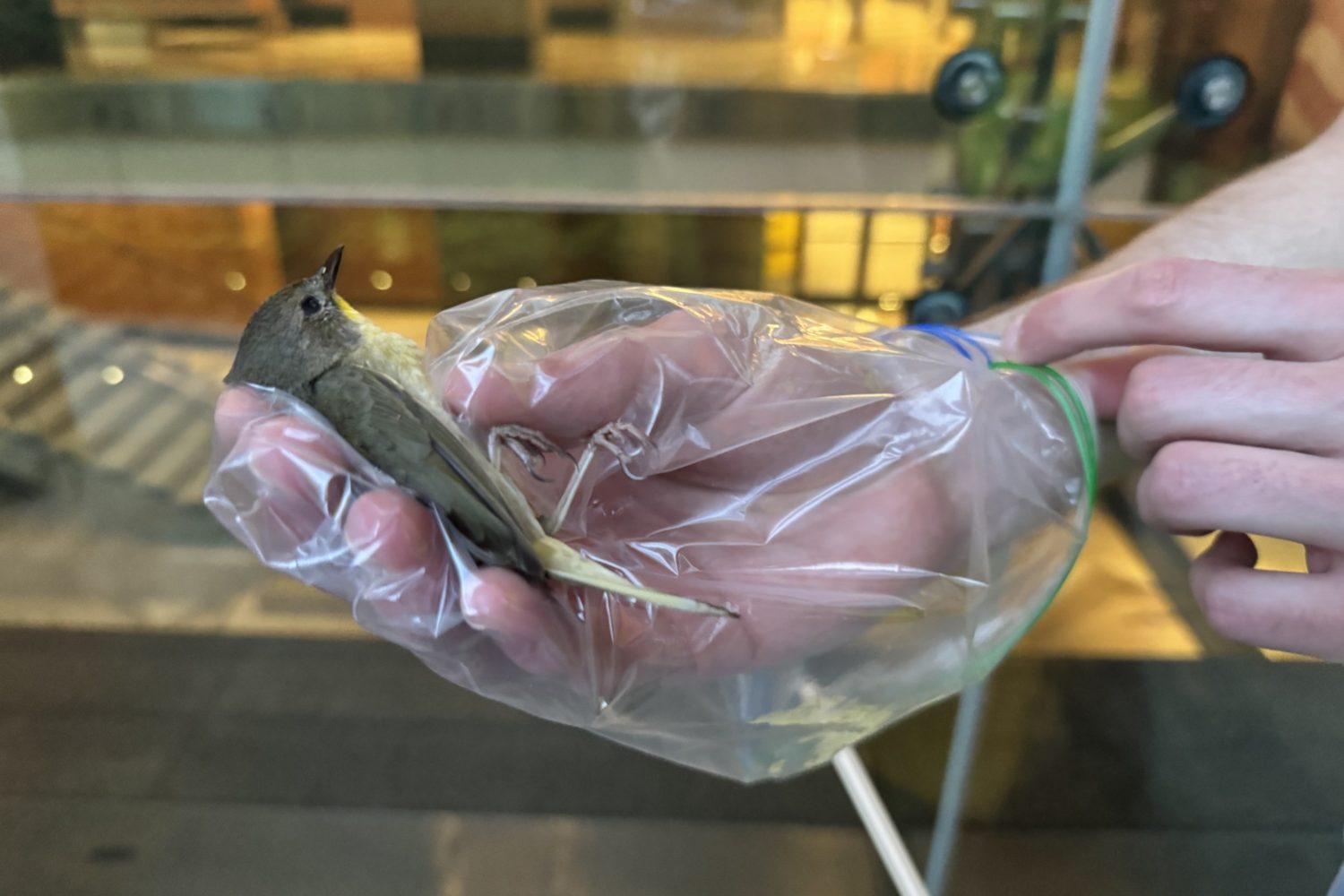The Kreeger Museum turns ten in June. Haven't been there? You're not alone. The Kreeger is one of the city's little-known gems. On Foxhall Road in a residential section of DC, it is in what was a private home. The building itself is a work of art, all cool stone and flowing arches. It is a peaceful place to enjoy a Monet or a Picasso.
Built in 1967 for philanthropist and insurance magnate David Kreeger and his wife, Carmen, the Philip Johnson-designed home was conceived around the Kreegers' passion for art and music. The acoustics were just right for David Kreeger to play his Stradivarius with such musicians as Isaac Stern and Pablo Casals.
"My dad was self-taught on the piano but was professionally trained in violin," says Peter Kreeger. "Mother and dad loved bringing performers back to the house for supper after a performance at the Kennedy Center."
The Kreegers, who decorated their first apartment with reproductions of Impressionists and post-Impressionists, lovingly collected a range of art: paintings by Kandinsky, Miró, Renoir, Cézanne, van Gogh; sculpture by Renoir, Rodin, Calder, Noguchi; and African masks and sculpture.
A lawyer by training, David Kreeger moved to Washington in 1934 to join the Department of Agriculture. He once recalled time spent at the Smithsonian: "It was before the National Gallery was built, and the National Collection of Fine Arts didn't have a building of its own, so all the art was scattered. It was hung behind elephants and dinosaurs and in little corridors, but I would seek them out. I loved paintings."
David Kreeger died in 1990, his wife in 2003. The furniture in their former home is gone, but many of the spaces still feel homey. And the art remains.
Rest a moment in their dining room, hung with nine soothing Monets, and you can almost hear clinking crystal and violin music. You can imagine dinner guests stepping through the wall of glass onto the terrace to sip a cocktail next to the Henry Moore sculpture.
The Kreegers' old bedroom isn't on view, but no matter. "The bedroom was paneled with silk wallpaper, and they had no works of art in the bedroom, which was interesting to me," Peter Kreeger says. "I guess they wanted to have the art available for their friends to see."
The Kreegers lived amid this art, and they wanted to share it. It's well worth seeing.


















